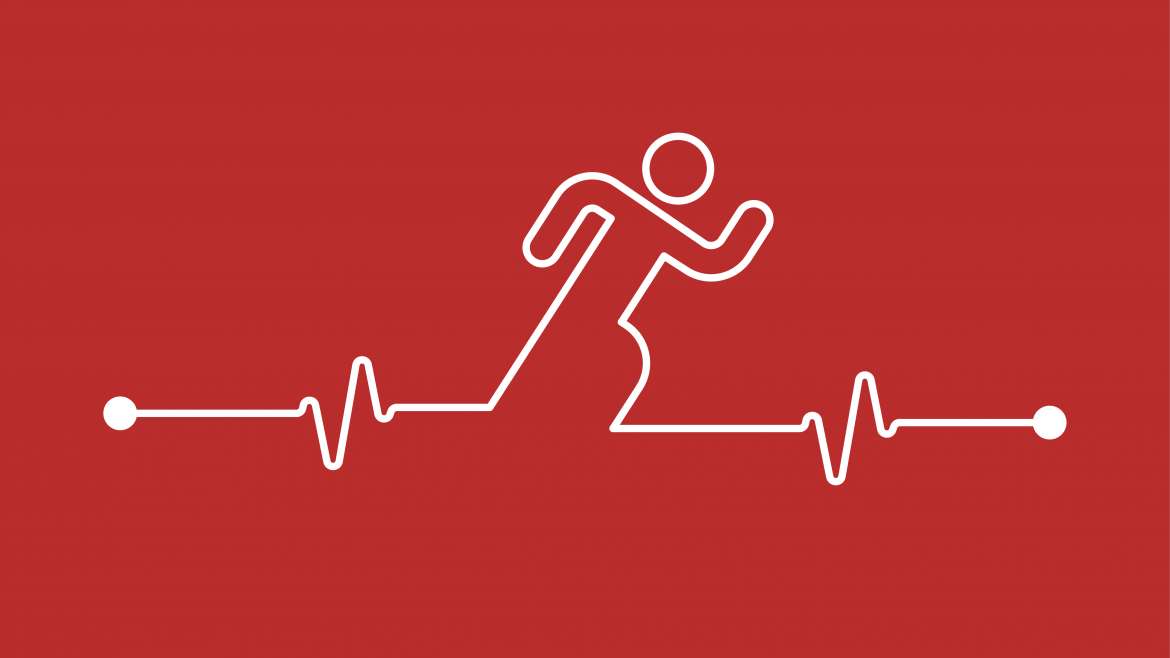Checking and monitoring your heart rate during a workout is pretty simple and there are two basic ways to do this. Manually or with a heart rate watch. Let me start by showing you how to manually check your heart rate.
The average resting heart rate for the normal adult will be anywhere from 60 to 100 beats a minute. Usually, a lower heart rate at rest indicates a more efficient heart and better cardiovascular health. For example, an experienced and well-trained athlete could even have a resting heart rate close to 50 or 40 beats a minute.
To check your heart rate during a workout, or any other time for that matter what you do is:
First, you find your pulse. You can do this either by two fingers on the inside of your wrist on the thumb side of your wrist, this would be your radial pulse or by putting the two fingers on the carotid artery on either side of your neck toward your windpipe. So for yourself which one you like best. I personally, prefer the radial pulse, but usually, the carotid pulse will be stronger because it’s closer to the heart.
Next, you press firmly against the artery so you can feel your pulse but not so forcefully that you cut off blood flow of course. Then you count the number of beats you feel for 15 seconds and multiply this number by 4 to determine your heart rate per minute. You can also count for 10 seconds and multiply by 6. Whichever you want to do is fine.
On disclaimer, when checking your carotid pulse never check both carotid arteries at the same time. This could cut off blood flow to your brain and make you faint. Also never check with your thumb, because it has its own pulse and would throw off your result.
The second method of monitoring your heart rate is by using a heart rate monitor of course. These usually come as watches that either read your heart rate with a chest strap or directly on your wrist. There are pros and cons to both types. In general, the chest strap will be more accurate because it’s closer to the heart and usually also cheaper.
Watches that read your pulse directly at your wrist are more comfortable and you cant lose the chest strap, which happens quite a bit. In the end, you will have to decide which one you prefer or if any of the two options are even worth your money because doing it manually will always be free of charge.



